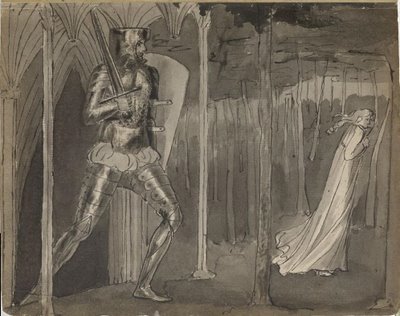
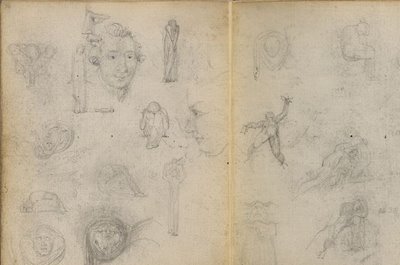
To commemorate William Blake's 250th birthday, the British Library have a new exhibition called 'Under the Influence' (until March) and have just added Blake's notebook to their Turning The Pages flash site (top right). The first image above is spliced from screencaps (click to enlarge) and the 2nd image is just a single screen capture.
Press Release:"The centrepiece of the exhibition is Blake's notebook, which he used to record sketches and draft his poems for over thirty years. The dense, closely-filled pages provide a fascinating insight into Blake's compositional process, and allow us to follow - line by line, correction by correction- the genesis of some of his best-known work, including poems such as London and The Tyger. To commemorate the 250th anniversary of Blake's birth, the British Library has used its award-winning Turning the Pages technology to create an interactive version of the manuscript."More from The Independent.
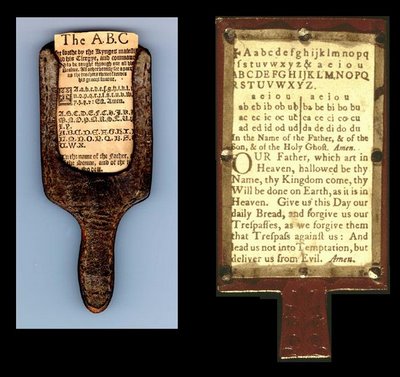
The Hornbook: Ceci n'est pas un livre?!
The hornbook was an educational device for children that came into use in the 15th century. Originally, paper was a scarce and expensive commodity so a piece of wood (usually, but other materials were used) shaped like a bat held a sheet on which the alphabet, letter pairs and a religious verse was written. To protect the paper (or vellum) a sheet of thin transparent cow horn was placed over the top or sometimes the page was painted with varnish. A hole was often put through the handle so the book could be tied to the child's belt. Links: i, ii, iii, iv mostly appropriated from x, y, z.
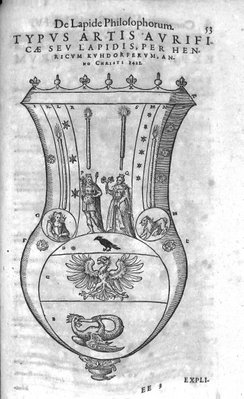
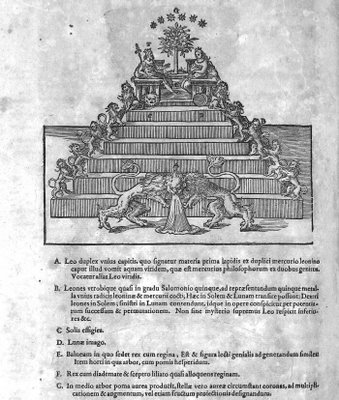

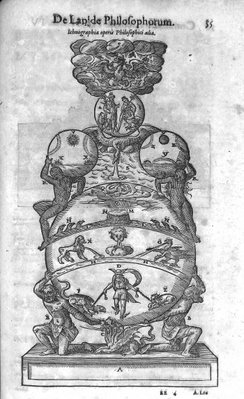
German doctor and chemist, Andreas Libavius produced one of the most important early books on chemistry, ironically titled 'Alchemia' first published in 1597. I say ironic because 'Alchemia' was as much an investigation (and part debunking) of the previously secretive world of alchemy as it was the first book of practical chemistry.
“In this work, Libavius sought to wrest the initiative from the Paracelsians by exhaustively articulating chemical technique and practice: he undercut their claims to unique illumination by ranging encyclopedically over the literature on the chemical arts; and he rescued prescription from the secretiveness of the adept by bringing chemistry into the light of day and placing it within a historical tradition of established discourse” [Owen Hannaway: 'Laboratory Design and the Aims of Science' IN: 'Isis', 1986]I've obviously posted the more allegorical type images (no doubt reproduced from elswhere) but the first part of the book has copious illustrations of analytical chemistry/alchemy equipment (for instance).
The whole book 'Alchemia' is online at Bibliothèque Interuniversitaire de Médecine or an abbreviated version is available from Bibliotheca Antiqua at Aboca Museum.
See also: University of Illinois; The Galileo Project; Bibliopoly.
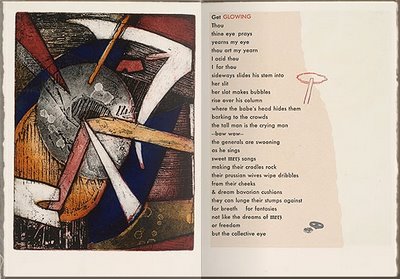
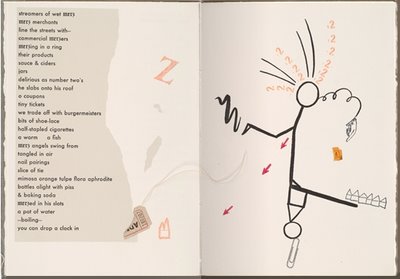
'A Merz Sonata' 1985 by Debra Weier
(accompanying poetry by Jermome Rothenberg)
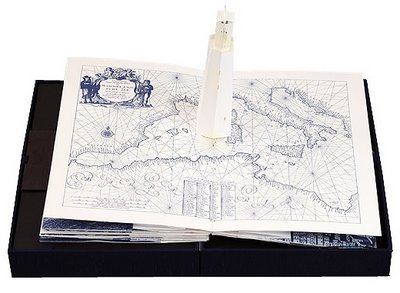

The above 4 images come from the excellent 'The Book as Art' turn the pages site at the National Museum of Women in the Arts in Washington DC (the actual exhibition closes 4 February).
And thanks to Suzanne G for the reminder about the University of Texas History site - 'Pop-Up and Moveable Books: A Tour Through Their History'.
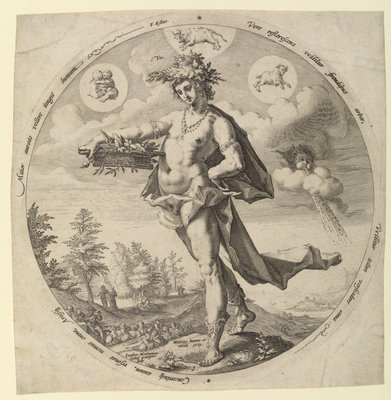
'Allegory of Spring' by Henrik Goltzius (and Jacob Matham) 1589. This print comes from Art and Architecture: the online collections of the Courtald Institute of Art ; quickly becoming one of my favourite 'random fishing' sites - it has an excellent collection with incredibly useful browsing metatdata categories. [I'd just nabbed this image as a self-reminder to go searching for more Goltzius whose work I really like]
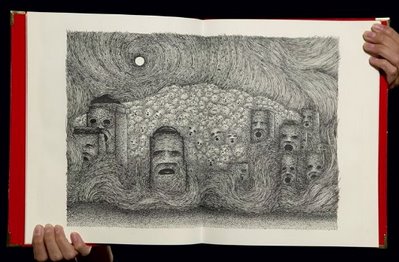
I'm not sure who the book artist is, but the image comes from a selection (.mov format) of books/artist books on display from the Booklyn Artists Alliance. Some really nice work in there.
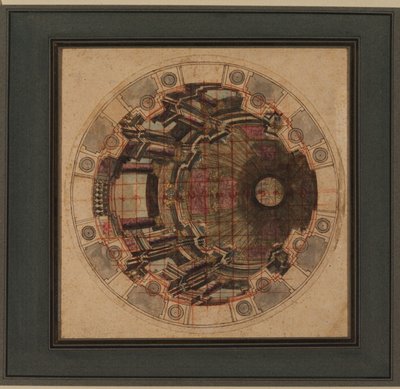
'Design for illusionistic ceiling decoration', attributed to Andrea Pozzo,
probably late 17th century. The image comes from Art and Architecture.
probably late 17th century. The image comes from Art and Architecture.

'Illusionistic Architecture for the Vault of San Ignazio' by
Andrea Pozzo 1685-1690 at the National Gallery of Art.
Andrea Pozzo 1685-1690 at the National Gallery of Art.
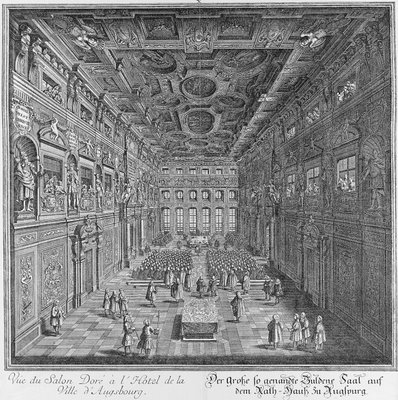
Interior view of Goldener Hall in the Augsburg Rathaus (town hall)
by architect Elias Holl, 1615-1620, also at Art and Architecture. (photos/more)
by architect Elias Holl, 1615-1620, also at Art and Architecture. (photos/more)
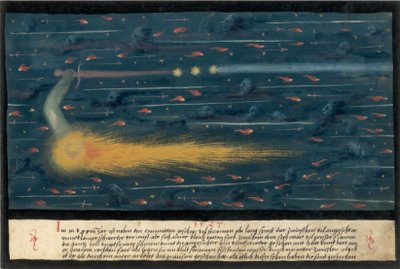
The ink text below the gouache painting translates as:
"In the year 1527 the comet was seen with many streaks like long spears, and in among them, many visages and daggers, all colored in pale red, and in between many enormous flames of bright and fiery hue, and here and there the visages appeared, bearded and hairy in gray as of clouds and as if in flowing water streaked with blood, glittering and sparkling, as if everything were in confusion – the whole hideous of appearance, so that some who had seen it died thereof"The image comes from Catalogue XVII of Master Drawings from Thomas Le Clair Kunsthandel in Hamburg (early 2005, I think). The 7Mb pdf download is worth it as there are numerous esoteric and beautiful sketches available with well researched background material.
From the catalogue: "Comets and similar astronomical phenomena have, since antiquity, produced an astonishing wealth of descriptive and interpretive literature. Always seen as portending evil, their appearance regularly provoked fear and trepidation in the populace. In the early sixteenth century written records were increasingly accompanied by pictorial imagery, as in woodcut or engraved broadsides. These recordsRather than being a comet, the painting (probably from a Swabian album of works) is actually a record of a 3 hour appearance of an aurora borealis, considered to be of such significance at the time, that a whole book and numerous illustrations were devoted to it.
frequently contain predictions of wars, plagues and similar catastrophes, with the populace called upon to do penance."
See: 'NASA - Comets in Ancient Cultures' via Mefi.
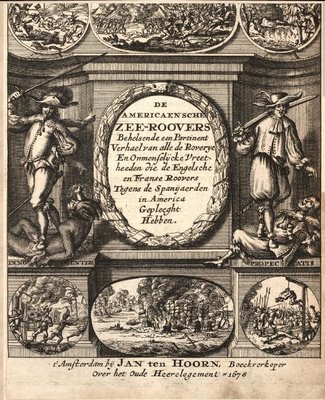

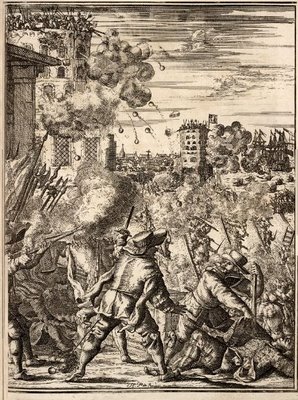
All the above images were made from spliced screencaps from a new addition to the Library of Congress's 'Culture and History of the Americas'. Flash and html versions of 'De Americaensche Zee-rovers' by Alexander O. Exquemelin, 1678 are available. The book [The American Buccaneers] is an eye-witness account of the major adventures of privateer/pirates who stalked the waterways from the Caribbean Islands to Central and South America during the 17th century.
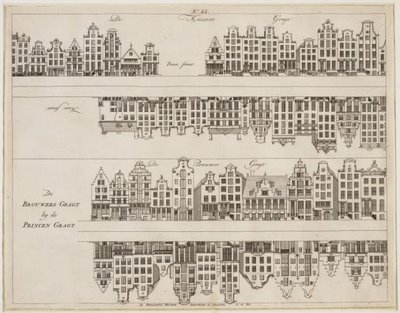
I guess this was meant as a fold out/cut up/colour-in page for children. My vague
recall is that it's an accurate portrayal of an Amsterdam street in the 17th century.
recall is that it's an accurate portrayal of an Amsterdam street in the 17th century.
[Sorry, I've forgotten where both of these images were found - an Amsterdam
archive or image database with a simple URL that now eludes me]

I have never heard
That, e'en when the gods held sway
In the ancient days,
E'er was water bound with red
Such as here in Tatta's stream
That, e'en when the gods held sway
In the ancient days,
E'er was water bound with red
Such as here in Tatta's stream
'Ariwara no Narihira Ason: 825-880, famous as a poet and a lover,
probably exiled because of an affair with the Empress'
From the '100 poems by 100 Poets' series of Japanese poems compiled in the 12th century. Katsushika Hokusai produced 89 colour/b & w woodblock illustrations in the first half of the 19th century to accompany the poems. [via Plep]probably exiled because of an affair with the Empress'
Other things...
- Restoration of a 19th century treasure: "The Pictorial Webster's".
- Claude Mediavilla Design & Calligraphy. [via Design et Typo]
- Etched on Devon's Memory - around Devon with early topographical prints [via Michael: a new multilingual portal to digital collections from European cultural institutions]
- A Year in Comics by John C Ralston (previously).
- Jonathan from The Maproom has a new project: "FRN is a blog about trains in all their forms — historical and modern, freight and passenger, real and model — and the people who are crazy about them."
- The Metropolitan Museum of Art's Timeline of Art History (thanks Bruno)
- Bibi is back on deck both at Bibi's Box and the Dodo blog.
- TASI (Technical Advisory Service for Images) is another portal, this time to image collections.
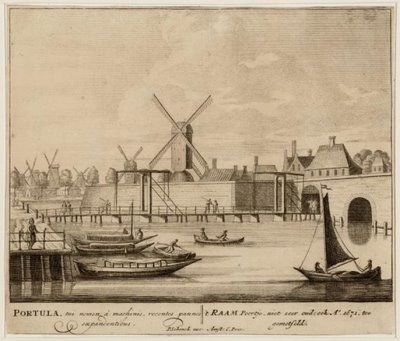



















7 comments :
i really love this blog.
This blog is fantastic! Wow!
Wow. That book called 'Five Luminous Towers' looks really cool. Excellent post once again=:)
i love the artist books
turning the pages of and looking into blake's notebook. wow! never thought i'd get to do that on my computer.
"I guess this was meant as a fold out/cut up/colour-in page for children. My vague
recall is that it's an accurate portrayal of an Amsterdam street in the 17th century."
Love this blog,I'vespenthoursreading!The depiction listed above I've seen in other maps, it was an easy way of depicting both sides of a street in a way to show the proximity and full faccades of the buildings.There was a book done by a photographer that I can't recall his name, but he depicted streets in Los Angeles this way with cobbled together color photos.
Thanks everyone and (not so)silentbacchus. I knew exactly which image you referred to when I read your comment in my email. I think there is probably something in there for modern commercial exploitation for a kids pop-up and colour-in kind of book. It would certainly be a lot easier getting accurate outlines with google street view and vectorising software for instance. So you could do local city projects. If only my stray thoughts had any getupandgo energy behind them!
Post a Comment
Comments are all moderated so don't waste your time spamming: they will never show up.
If you include ANY links that aren't pertinent to the blog post or discussion they will be deleted and a rash will break out in your underwear.
Also: please play the ball and not the person.
Note: only a member of this blog may post a comment.